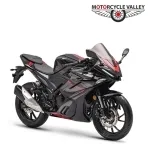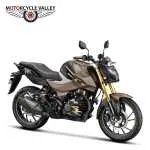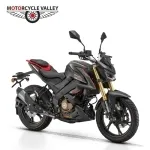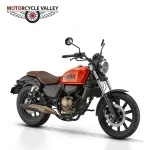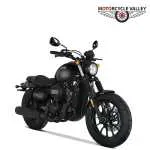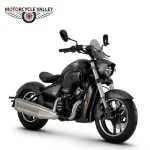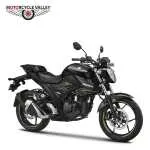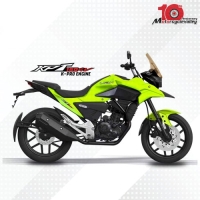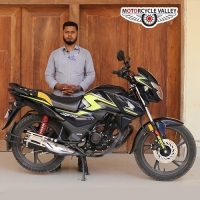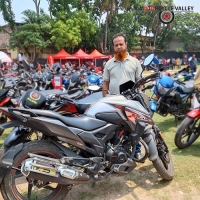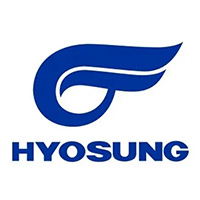TAILG’s Battery Revolution and the Journey of Sodium-Ion as an Alternative to Lithium
TAILG’s Battery Revolution and the Journey of Sodium-Ion as an Alternative to Lithium
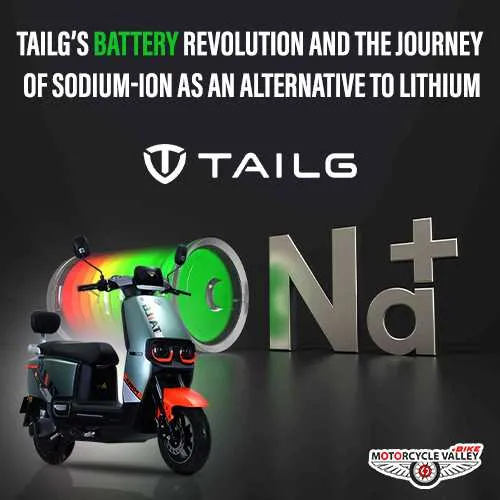
Generally, e-bikes and electric motorcycles use lead-acid, lithium-ion, and nickel-metal hydride batteries. However, alongside these conventional batteries, the renowned Chinese e-bike and electric motorcycle manufacturer TAILG has introduced riders to sodium-ion batteries for the first time.
The battery is the heart and primary driving force of any e-bike or electric motorcycle. An e-bike or electric motorcycle derives its power from the battery. Typically, the main purpose of an e-bike is to reduce carbon emissions and air pollution by using electric energy instead of fossil fuels. To achieve this goal, electric vehicle manufacturers are continuously working to develop more energy-efficient and environmentally friendly battery technologies. Among these, the sodium-ion battery stands out.
In 1807, English chemist and inventor Sir Humphry Davy discovered the sodium-ion battery. Although this battery has been in use since the 1980s, it began to gain recognition after the 1990s due to its high energy density and the declining supply of lithium.

Analysis of Conventional Batteries vs. Sodium-Ion Batteries
The sodium-ion battery technology developed by TAILG ensures long-range riding, resistance to low temperatures, and enhanced safety. This marks the beginning of a new era for electric two-wheelers.
Although lithium-ion and lead-acid batteries have dominated the market for years, sodium-ion technology is rapidly emerging as an effective alternative.
The scarcity of lithium in nature and its complex mining process have made lithium-ion batteries expensive. On the other hand, the heavy weight and short lifecycle of lead-acid batteries pose significant challenges for long-distance travel in electric vehicles. Moreover, both types of batteries are prone to catching fire at high temperatures, making safety a major concern.
To reduce environmental harm and produce affordable long-range electric motorcycles, TAILG’s use of sodium-ion batteries ensures both rider safety and reliable long-distance performance.
The company’s innovative battery technology can operate even below zero degrees Celsius, maintaining a speed of 25 km/h for up to 115 kilometers. Additionally, the sodium-ion battery has a lifecycle of over 2,000 cycles—5 to 7 times longer than conventional lead-acid batteries—and retains approximately 93% of its charge at -20°C.
According to a study by the Korea Advanced Institute of Science and Technology (KAIST), a high-capacity sodium-ion battery can be fully charged within seconds.
High energy output, fast charging capability, and tolerance to a wide range of temperatures have made sodium-ion batteries highly suitable for use in electric vehicles.
Sodium-ion batteries use less toxic and recyclable materials, which help reduce their negative impact on the environment. The introduction of TAILG’s sodium-ion battery technology marks a significant milestone in the electric two-wheeler industry.
Although electric bikes or scooters equipped with TAILG’s sodium-ion batteries are not yet available in the Bangladeshi market, it’s safe to say that the arrival of this technology is not far off. Given the growing global popularity of sodium-ion technology and the rising demand for electric vehicles, it is expected that sodium-ion battery-powered e-bikes will soon be seen in Bangladesh.
While this technology has not yet entered the country, TAILG’s e-bikes with graphene batteries are already available in Bangladesh. Graphene batteries are also an advanced technology—they charge quickly, offer long-lasting performance, and are significantly more durable than conventional batteries.
In short, TAILG is offering users an advanced battery experience that ensures fast charging, long-term performance, and low maintenance costs.
Bike News
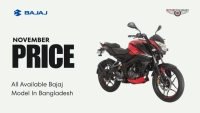
Bajaj is one of the most well-known motorcycle brands in Bangladesh, one of the reasons for which is the excellent combination o...
English Bangla
Yamaha is one of the few premium quality motorcycle brands in the Bangladeshi motorcycle market, each model of which is extremel...
English Bangla
On November 13, CFMoto's new showroom RS AUTOS was inaugurated with a grand ceremony at Battala, College Road in Bogra Sadar, Bo...
English Bangla
Today, November 8, a grand ceremony was held to inaugurate the new CFMoto showroom in Rangpur, one of the most important divisiona...
English Bangla
Yamaha, as always, has brought Rev up before Winter at the beginning of the new month to fulfill the dream of owning a bike for bi...
English Bangla







